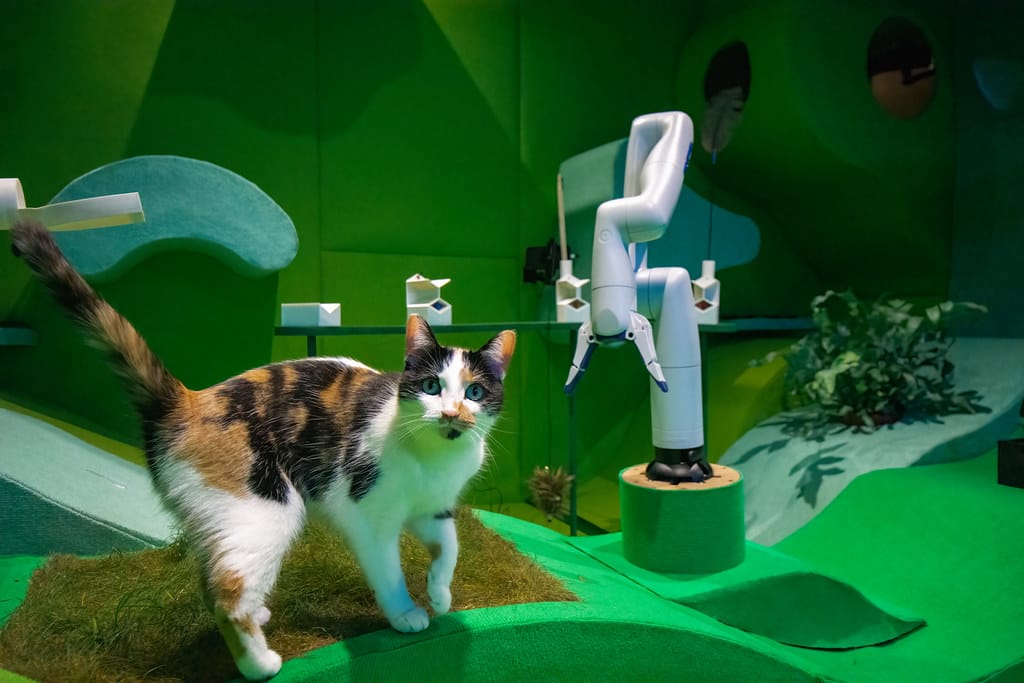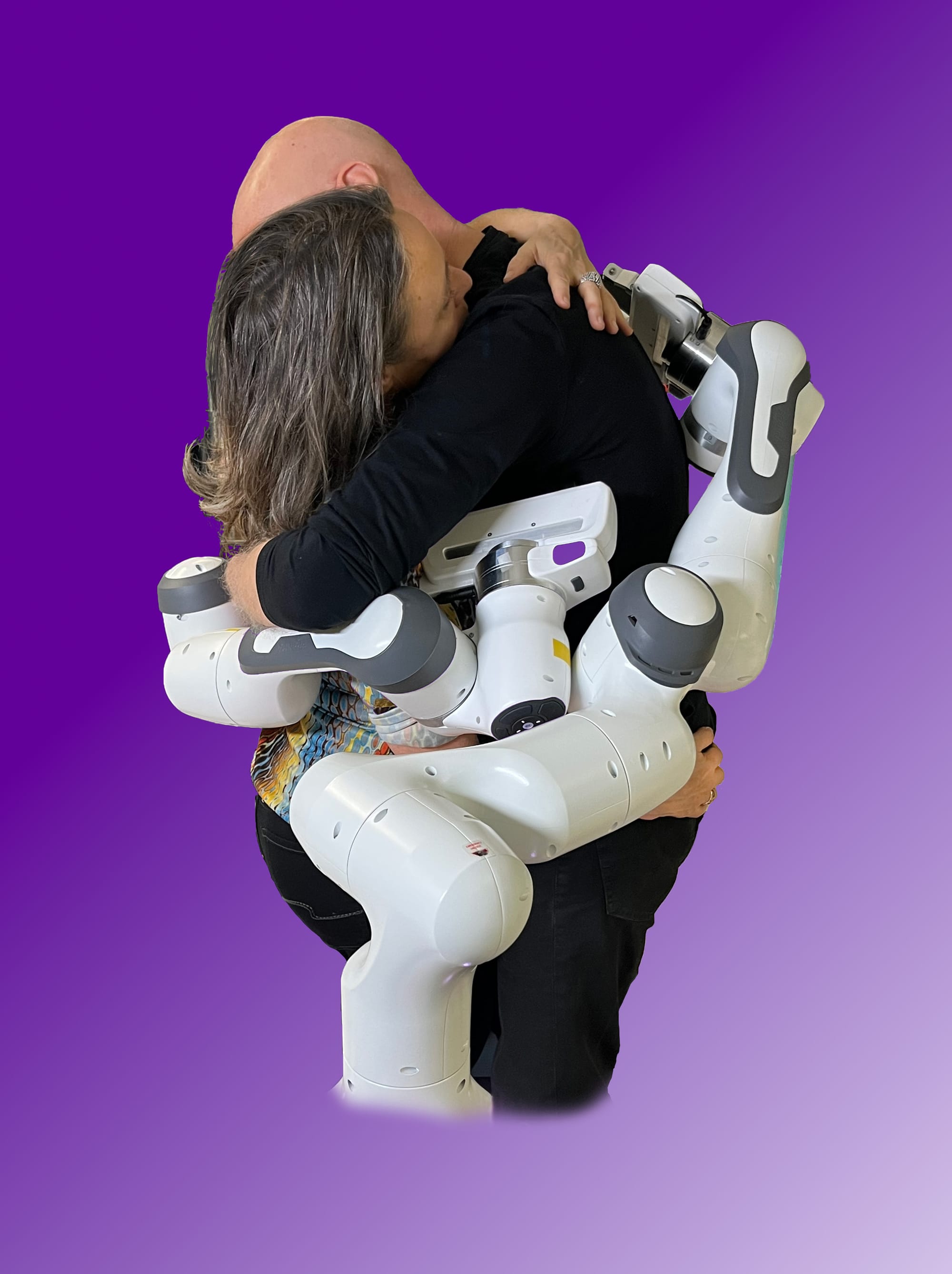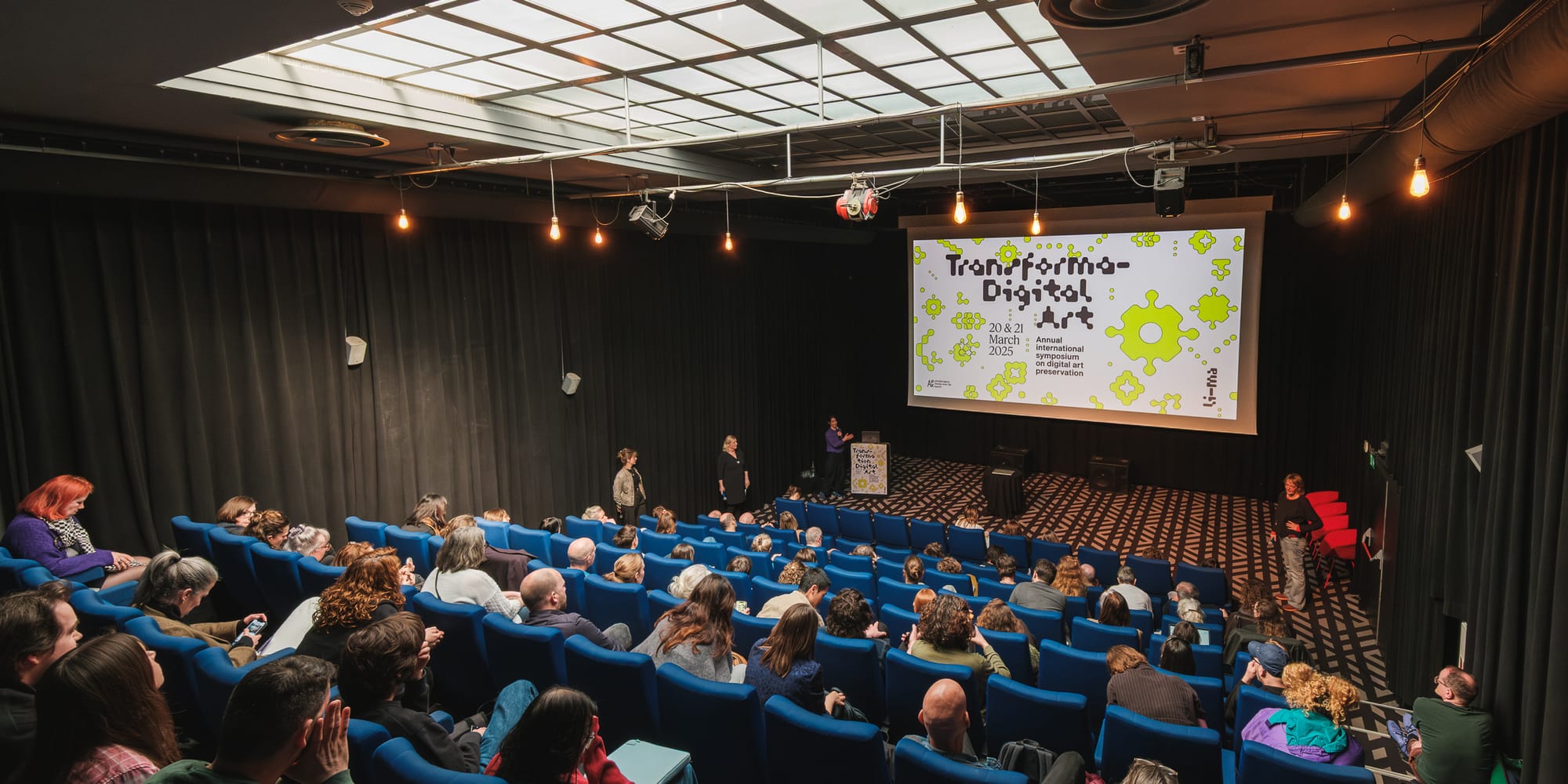
Each year, Amsterdam-based LI-MA – Living Media Art hosts Transformation Digital Art, a symposium dedicated to the evolving landscape of media art and its preservation. This year’s edition brought together international artists, researchers, and technologists to tackle a subject of growing urgency: the role of artificial intelligence (AI) in documenting, preserving and generating media art.
Media art is increasingly ephemeral since it is entangled in complex digital infrastructures, dependent on proprietary software and vulnerable to obsolescence. In this scenario, AI presents both a challenge and an opportunity. How do we ensure that digital art and performance-based works survive beyond their moment of creation? Moreover, should AI documentation remain a passive archive, or could it become an active, creative participant in the artistic process?
Among the interesting contributions to this year’s symposium was the Somabotics: Creatively Embodying Artificial Intelligence project, led by Steve Benford (University of Nottingham), Gabriella Giannachi (University of Exeter), filmmaker and researcher Richard Ramchurn, and artists Karen Lancel and Hermen Maat. The project explores the role of AI in documenting performance, robotics, and embodied interaction, raising questions about memory, authorship and machine agency.
AI as witness vs AI as creator
If we traditionally think of documentation as a neutral process – one that records and preserves without interference – Somabotics challenges that assumption. Here, AI does not just function as a storage mechanism; it interprets, translates, and even hallucinates new representations of the work.
A central case study in this research is Embrace Angels, an experimental performance that stages encounters between humans and robots in acts of embrace. The piece investigates how AI, through real-time image generation and video transformation, can mediate human-machine intimacy – all while producing its own digital archive of the event. LI-MA is always seeking to improve its practices by researching new methods for the documentation, transmission and preservation of media art, digital art and performances. At the symposium, the artists and researchers of Somabotics were therefore invited to share their approach:
– AI was used to generate real-time imagery that visualized the act of embracing in unexpected ways.
– AI documentation became part of the artwork itself, feeding back into the live performance.
– The process revealed biases and distortions inherent in AI’s interpretation of human movement, raising questions about how technology “sees” embodied interaction.

This method of working suggests a rethinking of what documentation could mean for performance and media art. Instead of passively recording, AI collaborates in the production of meaning; distorting reality to create an alternative memory of the event.
AI documentation
Somabotics builds on previous research by the team, prominently Cat Royale, an AI-driven ‘video installation’ where an automated system attempted to maximize the happiness of three cats over 12 days. Here, too, documentation became more than a record – it became an intervention.
At the project’s outset, the AI model had no data on cat happiness. But after the experiment, it had collected 72 hours of footage across eight cameras , complete with behavioral scores and emotional markers. This dataset, Steve Benford noted, was a computer vision researcher’s dream: a ready-made archive that could train future AI models.
But what does it mean when documentation becomes indistinguishable from AI training data? And should artists willingly contribute to the expanding reservoir of machine learning datasets? These questions have deep ethical implications, particularly in the era of AI-generated media and automated cultural production.
For moving image artists, the implications are profound. AI-assisted documentation tools could reshape the way film, video and performance are archived and interpreted, giving rise to entirely new aesthetic forms.
The role of documentation in art itself
A central examination of Somabotics is whether documentation itself can become an artistic medium rather than a passive tool. This reframes AI from a mechanism of historical preservation to a collaborator in creative interpretation. As the LI-MA symposium highlighted, documentation is no longer just about recording reality – rather, it is about shaping and transforming it. AI-generated interpretations may become as culturally significant as the original events themselves, challenging the conventional line between the archive and the artwork.
In many ways, this parallels the evolution of moving image art itself. Just as video art redefined cinematic language by incorporating feedback loops, surveillance aesthetics and live transmission, AI-powered documentation introduces a new visual grammar – one that is fluid, entangled and generative.
We may soon see a future where:
– AI-mediated archives become performative works in their own right.
– Artists deliberately co-create with AI-driven documentation systems.
– Moving image works are continuously reshaped through AI reinterpretation, leading to infinite variations.
This has implications for museums, curators and institutions tasked with conserving media art. If a work is in perpetual flux, evolving with each new iteration of AI-generated documentation, how do we define its “authentic” version? Is there still a singular original, or does AI blur the distinction between the artwork and its record?
If AI can co-create, hallucinate and reinterpret, does it also become an artist in its own right? And if so, what happens to human agency in the documentation process?
For media artists, the challenge ahead is twofold:
- To critically engage with AI as a creative force, rather than passively accepting its outputs.
- To develop new ethical frameworks for AI-driven documentation, ensuring that it serves artistic and cultural communities rather than reinforcing the extractive logic of machine learning.
As Transformation Digital Art 2025 demonstrated, we are at a crossroads. AI is already reshaping the terrain of digital art – the question is whether artists will direct its evolution or become subject to its logic.

Concluding thoughts
The Somabotics project ultimately invites artists and other creatives, curators and researchers to take a proactive role in shaping how AI engages with documentation. Instead of rejecting AI or passively accepting its outcomes, the symposium underscored the need for critical engagement, artistic intervention and ethical oversight.
Moving image artists have an opportunity to reclaim AI-driven documentation as a space of creative resistance – one that resists automation for automation’s sake and instead proposes new, generative ways of seeing, remembering and reimagining the present.
To embrace the machine does not mean surrendering to it. Rather, it means acknowledging its presence, questioning its logic and bending it towards artistic and ethical ends.
If documentation is to become an art form in itself, let it be one that serves creativity, not control.
